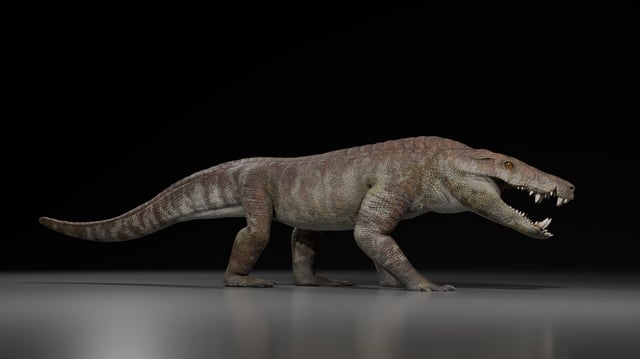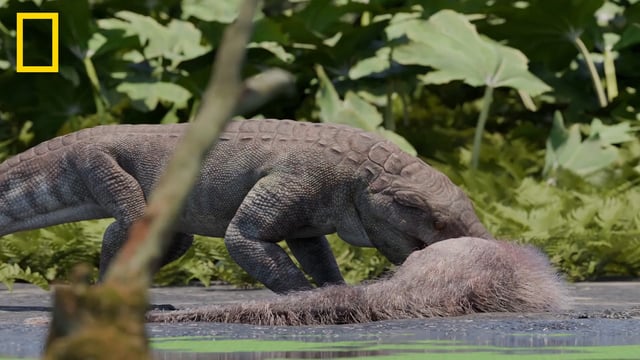Overview
- A team led by Fernando Novas formally named the species in a PLOS One paper published August 27, 2025.
- The fossil from the Maastrichtian-age Chorrillo Formation is largely intact, including a detailed skull, jaws, and multiple postcranial bones, making it one of the most complete peirosaurids known.
- Researchers estimate the animal at about 3–3.5 meters long and roughly 250 kilograms, with a broad, robust skull and serrated teeth indicating a meat-specialist capable of tackling medium-sized dinosaurs.
- The specimen is the first crocodyliform reported from this formation and is identified as the second-largest predator documented from its fauna.
- Anatomical features point to relatively agile, partly terrestrial habits compared with modern crocodiles, expanding insight into Late Cretaceous Patagonian ecosystems.


